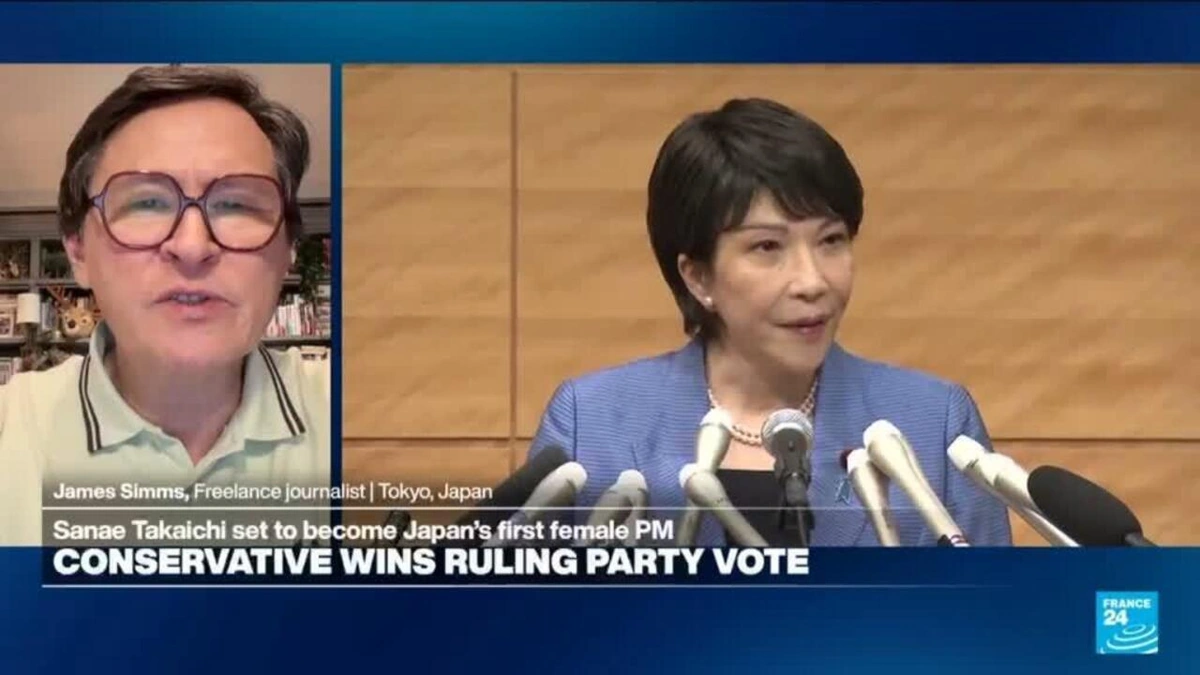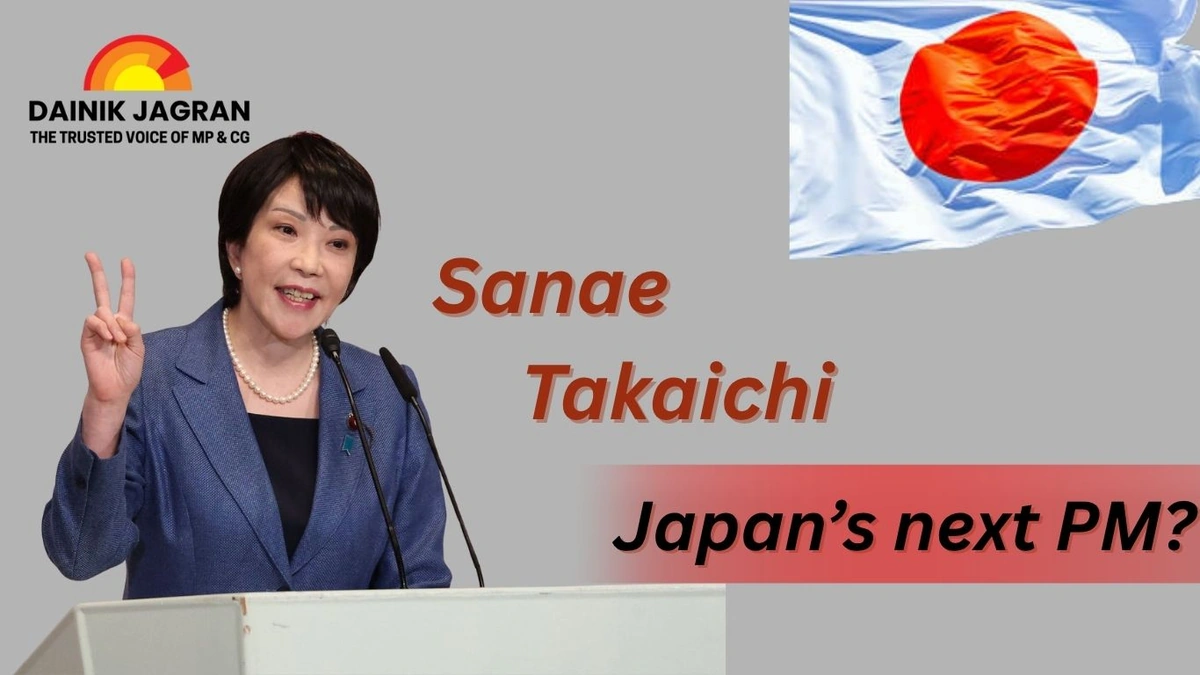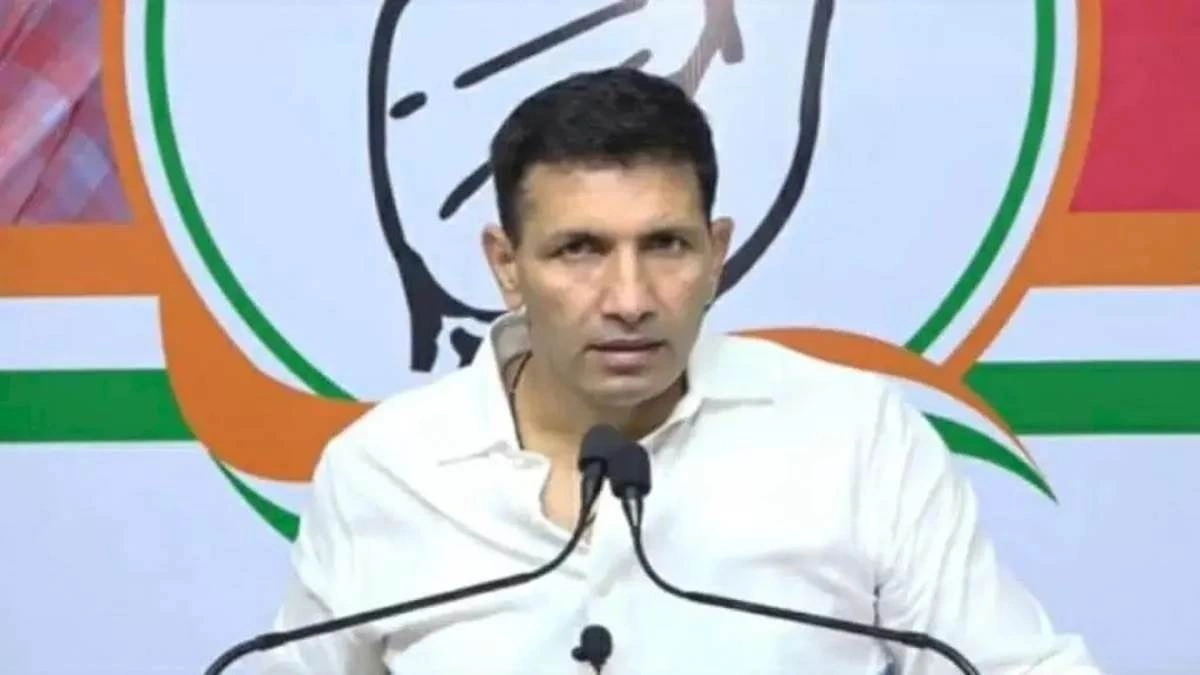Sanae Takaichi | Why Japan’s Political Landscape is About to Shift
Let’s be honest, most political news can be a bit of a snooze-fest. But every now and then, something happens that makes you sit up and pay attention. The rise of Sanae Takaichi in Japanese politics is one of those moments. It’s not just another politician doing another thing. This is about a potential reshaping of Japan’s future, and for those of us in India following global shifts, it holds some interesting lessons and parallels.
So, what’s the big deal? I initially thought she was just another name in the long list of politicians, but then I dug a little deeper. And what I found was fascinating.
The Nationalist Undercurrent | More Than Meets the Eye

Takaichi isn’t your typical politician. She’s a staunch conservative with strong nationalist views. Now, before you jump to conclusions, let’s unpack what that really means in the context of Japanese politics. For years, Japan has been grappling with its identity on the global stage. How much should it embrace its past? How should it balance its economic ambitions with its cultural heritage? Takaichi offers a clear, unapologetic answer: Japan first.
But, and this is a big but, her brand of nationalism isn’t about isolation. It’s about strengthening Japan’s position in a rapidly changing world. Think of it as a kind of strategic assertiveness. She advocates for a more robust defense policy, economic independence, and a renewed focus on traditional values. The liberal democratic party is facing some internal challenges, but Takaichi’s policies are becoming increasingly popular.
And here’s where it gets interesting for us in India. We, too, are navigating a similar path – trying to balance economic growth with cultural preservation. Watching Takaichi’s rise is like holding up a mirror to our own political landscape.
The Economic Vision | A New Kind of Abenomics?
Beyond the nationalism, Takaichi has a very specific economic vision. While she broadly supports the “Abenomics” policies of former Prime Minister Shinzo Abe (more information here), she’s also advocating for something a bit different. Abenomics focused on monetary easing, fiscal stimulus, and structural reforms. Takaichi, however, wants to put more emphasis on technological innovation and deregulation.
She believes Japan needs to embrace new technologies like artificial intelligence and renewable energy to stay competitive. And she’s not just talking about it. She has specific plans for incentivizing companies to invest in these areas. The economic policies are something the world is keeping an eye on.
What fascinates me is her focus on deregulation. Japan is often criticized for its bureaucratic red tape. Takaichi wants to cut through that, making it easier for businesses to innovate and grow. Again, there’s a parallel here with India’s own efforts to streamline regulations and promote entrepreneurship.
The Gender Factor | A Woman in a Man’s World
Let’s be honest: Japanese politics is still largely a man’s world. The gender equality gap remains a significant issue. The fact that Takaichi has risen to such prominence is a big deal. It sends a message that things are changing, albeit slowly. Of course, her policy stances are what truly matter, but her presence alone challenges the traditional power structures. I initially thought this was just a side note, but the more I looked into it, the clearer it became how significant it is. The push for diversityis important.
It’s not just about representation. Studies have shown that having more women in leadership positions can lead to better decision-making and more inclusive policies. Whether Takaichi will champion policies specifically aimed at promoting gender equality remains to be seen. But her very presence is a step in the right direction.
Why Should India Care? The Global Implications
Okay, so why should we in India be paying attention to all this? Because Japan is a major player on the global stage. What happens in Japan affects us all. Japan is a key economic partner for India, and a strong, stable Japan is in our interest. Takaichi’s policies, particularly her focus on technology and economic independence, could create new opportunities for collaboration between our two countries.
The political landscape in Japan is not only interesting but very important for India to keep an eye on. But beyond the economics, there’s a broader strategic context. Both India and Japan share concerns about China’s growing influence in the region. A stronger, more assertive Japan could be a valuable partner for India in maintaining a balance of power.
The future of Japanese politics is something the entire world is watching. And let’s not forget the cultural exchange. As India strives to assert its own cultural identity, watching how Takaichi approaches similar issues in Japan can provide valuable insights.
The Road Ahead | Challenges and Opportunities
So, what’s next for Sanae Takaichi? The road ahead won’t be easy. She faces numerous challenges, including navigating internal divisions within her own party and addressing concerns about her nationalist views. But she also has a huge opportunity to shape Japan’s future and strengthen its position in the world.
What fascinates me is the potential for a new kind of leadership – one that combines traditional values with a forward-looking vision. Whether she succeeds or not, her rise is a sign that Japan is ready for change. The governmentis facing challenges.
And for us in India, it’s a reminder that the world is constantly evolving, and we need to stay informed and engaged.
FAQ
What are Sanae Takaichi’s key policy positions?
Takaichi is known for her conservative and nationalist views. She advocates for a stronger defense policy, economic independence, and a renewed focus on traditional values.
How does Takaichi’s economic vision differ from Abenomics?
While supporting Abenomics, Takaichi emphasizes technological innovation, deregulation, and incentivizing investment in areas like AI and renewable energy.
What is the significance of Takaichi’s gender in Japanese politics?
Her rise to prominence challenges the traditional male-dominated power structures in Japanese politics, promoting greater diversity and representation.
Why should India be interested in Sanae Takaichi’s political career?
Japan is a key economic partner and strategic ally for India. Takaichi’s policies could create new opportunities for collaboration and help maintain regional stability.
What are the main challenges facing Sanae Takaichi in the future?
She faces internal divisions within her party and must address concerns about her nationalist views while striving to shape Japan’s future.
How is the Japanese Prime Minister selected?
The Prime Minister is designated by the Diet, from among its members, and must maintain the confidence of the House of Representatives to remain in office.
The bottom line? Keep an eye on Sanae Takaichi. Her journey is far from over, and its implications could be felt far beyond the shores of Japan. Sanae Takaichi Japan and her influence on Japan will affect the entire world.













